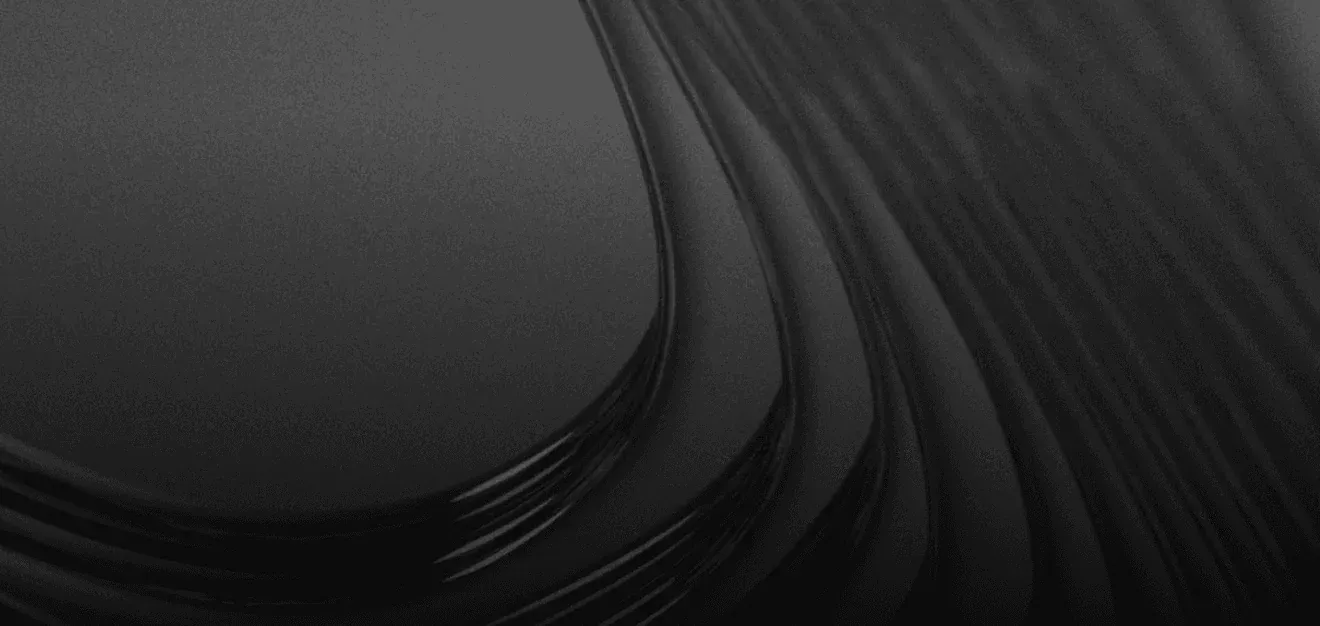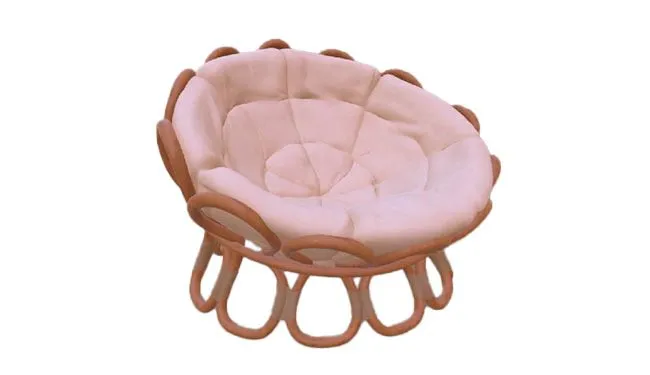
Anyone who has ever worked with 3D files will have noticed that preserving the quality of a 3D model is sometimes only achieved at the expense of heavy models. Either subdivisions or higher resolution texture files make models look better. But, with RapidPipeline, we like challenging ourselves in order to make our software better every day. The following pictures show the April model of the month (almost 100MB) and our less than 10MB version of it. Are you able to tell the difference?

This 3D wicker chair was created with sculpting software. The cushion alone had 790K polygons in its original state. So, the total number of faces in the model was 917K. Thanks to RapidPipeline’s decimation system, the optimized model has only 197K polygons. Despite this, we kept the silhouette of the chair in such a way that there is no noticeable difference.
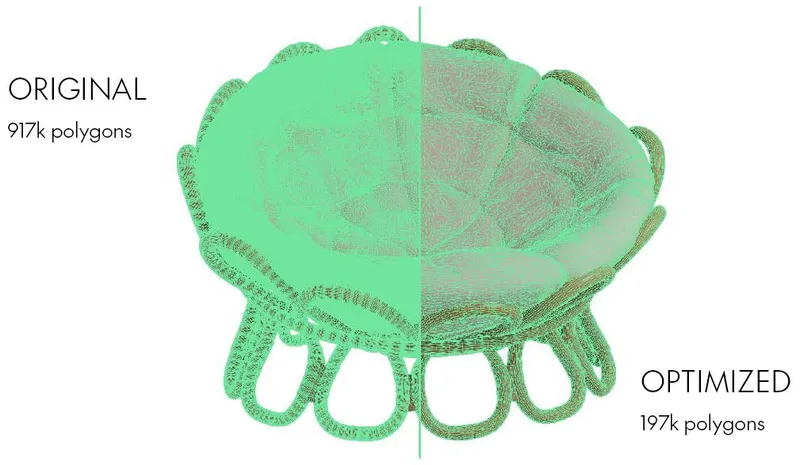
On the other hand, textures were kept at 2K resolution to avoid loss of quality. This was specially important on the normal map. However, the texture optimization made use of the “Atlas Baking” mode. This way, the original 4 materials were unified into 1. Similarly, the original 12 maps became just 3. This was possible thanks to the use of ORM (Occlusion-Roughness-Metallic) map.

Following a few simple steps, we have converted a 95.5MB model into a 7.39MB model. All this while not influencing the shape or the material appearance. In short: Preserving the Quality of a 3D model is possible with RapidPipeline. Now the model is ready for web platforms or augmented reality.
In case you missed it, read more about material extensions from the Khronos Group and how we applied them on our Model of the Month from March.
And to solve our little riddle from the beginning: On the left is the high poly model, on the right our optimized one.
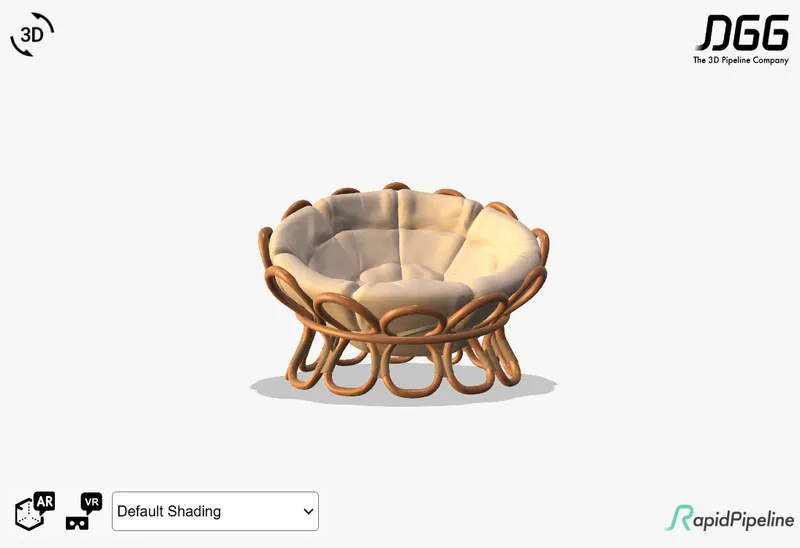
Meet the Author
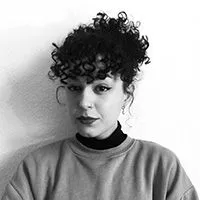
Teresa
Technical 3D Artist
Teresa is a 3D Technical Artist at DGG, bringing with her a robust background in Animation and Game design. Driven by a passion for the intersection of art and technology, she relocated to Germany to pursue her artistic ambitions. Within DGG, Teresa plays a pivotal role in infusing the team with her artist's perspective, focusing on the creation of high-quality visual content and ensuring the quality assurance of tools. Her overarching goal is to continually evolve within the industry, delivering compelling visual solutions that resonate with DGG's mission of streamlining and scaling 3D content preparation.
